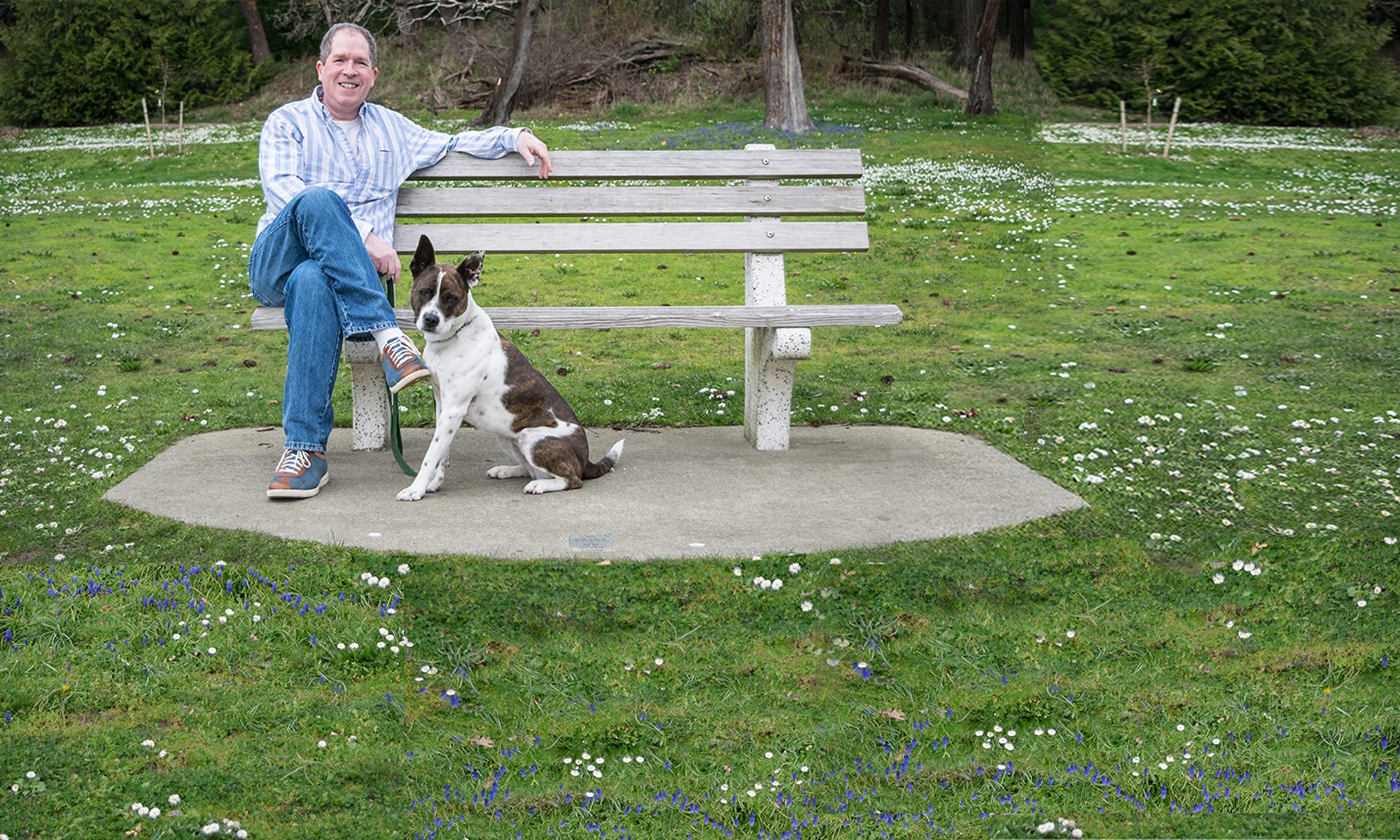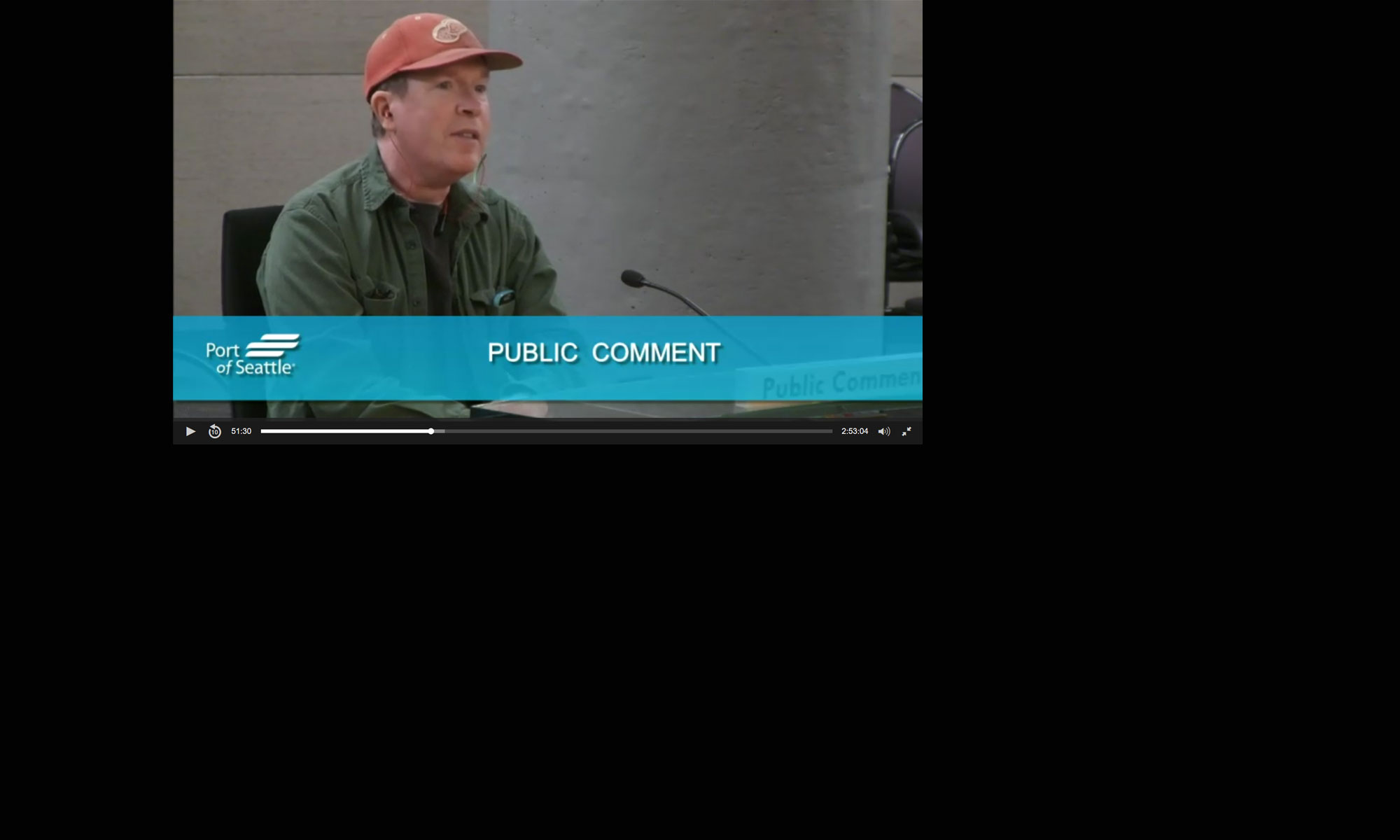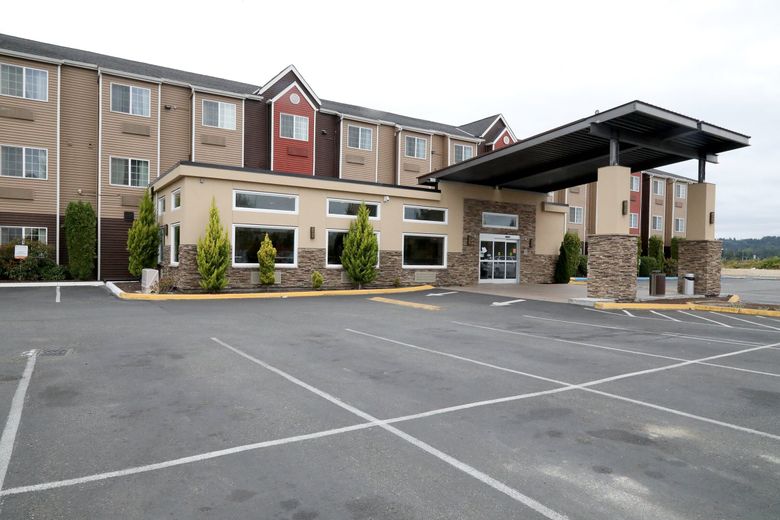When your job is mostly outside — wading through piles of garbage, hiking across acres of forest and brush to check on tents emanating the stench of death — you have time to think. The phrase I keep returning to: “Are we really talking about supportive housing?”
Take the case of a woman, a senior in Auburn, who I’ve known for years: Right now, she’s living on the sidewalk — and why? Because she refuses to go to a shelter. Months ago, when housing became available in Seattle, she declined a room — the unit offered wouldn’t allow her to grow tomatoes. How many sidewalk tomatoes have you eaten in your life?
Such reasoning might seem absurd, but it highlights the web of excuses people weave. She is not alone. I can recount dozens, with each of the reasons just as trivial. Some don’t want a roommate. Others want in-unit washers and dryers. One woman told me she was ready, that she’s willing to take anything available. Once accepted for supportive housing, her first question was square footage — she needed the space to fit her belongings that were in storage. She did not accept the unit.
By indulging these excuses and catering to unrealistic expectations, we unwittingly enable a culture of homelessness. So again, I ask — are we addressing the supportive housing crisis, or are we placating in the name of compassion? Are we perpetuating the problem?
Empty units across King County abound: I know, because each morning I, and scores like me, get emails from providers hoping to fill the unfilled. It’s not a lack of supportive housing that’s the crux of the matter, it’s our collective failure to grasp the heart of the issue. People are not merely seeking shelter; they’re seeking spaces that align with their lifestyle. This peculiar preference has hindered our progress and perpetuated homelessness.
Taxpayers’ concerns are valid, yet they’re not echoed in the refusal of services by many. We’ve crafted a system where the choice of staying homeless becomes more alluring than embracing available solutions. I shouldn’t have to tell you how many people die, alone, on the sidewalk.
Perhaps ironically, while resources are squandered on the unwilling, those within shelter walls are left to endure a prolonged cycle of homelessness. I’ve met dozens of people in shelters across the Puget Sound region, including the Ray of Hope in Auburn, whose hope and optimism has drained away as they realize the sad truth — those outside are always helped first.
We’re rewarding people for bad behavior outside. We’re rewarding them with services and resources. Meanwhile the people who are participating, who did what they were asked and stayed at a shelter, are left to founder. We sweep the encampment, pat ourselves on the back for a job well done, and move on to the next one. The people return, the neighbors complain, and the cycle continues.
The key to progress lies in changing the approach. Our conversations should shift from the notion of a “housing crisis” to scrutinizing our structures and recognizing their shortcomings. This requires a multifaceted shift:
Reevaluate outreach: Consolidate efforts and align missions. Bring outreach work into the city government and pay people livable wages. Less turnover means better outcomes.
Strengthen shelters: Channel resources into shelters, improve conditions, and increase staff compensation to curtail turnover. Make shelters spaces of growth and transition.
Stop the flow: Implement programs that intervene before eviction occurs, offering support in exchange for participation. Lessen the inflow of new homelessness cases.
Essential services: Integrate essential services within shelters. Empower individuals to access health care, employment resources, and social services without stepping outside.
It’s time we recognize our own role in shaping the outcome of homelessness and redouble our efforts to provide opportunities for change. We need to acknowledge our shared responsibility in perpetuating homelessness. We need to diagnose the true issue.
We need policy made in the name of compassion to meet the reality of accountability. If not, how much longer can we pretend we’re talking about supportive housing?




